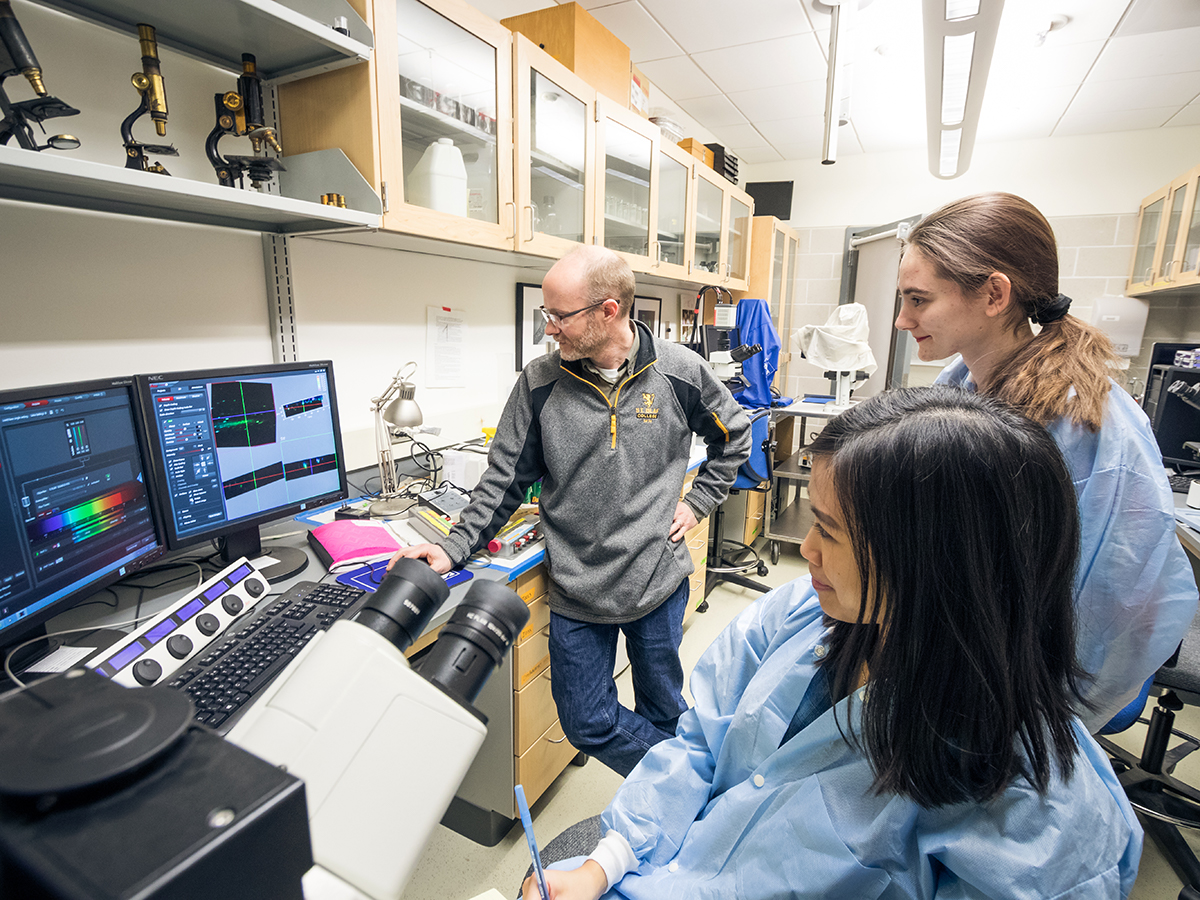The St. Olaf Fund: Sustaining Innovation

Faculty-mentored research engages Oles in discovering their potential as researchers, investigators, and scholars. Through For the Hill and Beyond, Oles are building funds to support this high-impact practice.
Gifts to the St. Olaf Fund undergird St. Olaf’s academic programs. In biology, students and faculty use these gifts to support research, from purchasing poster paper to funding particular projects and conference travel.
Using these funds, Associate Professor of Biology Kevin Crisp and his students created 3-D printed devices to examine how microglial cells in leeches respond to bacterial infection. In doing so they gain insight into how the human central nervous system responds to infection and injury — research especially helpful to find treatments for disorders like Parkinson’s.
“Ultimately these funds help me train students to be tomorrow’s medical innovators.”
— Associate Professor of Biology Kevin Crisp
Crisp’s research team built a perfusion chamber allowing toxins to be placed on a single nerve, an implantable nerve stimulator powered by radio waves, and an amplifier to allow computer sound cards to record EMG.
“Students gain unique experience in device design, experimental methodology, and electronics working on this project,” says Crisp, who also chairs St. Olaf’s Health Professions Committee.
His former students are pursuing graduate degrees in medical prosthetics and neuroscience, running small medical device startups, and conducting research at Mayo Clinic. Their outcomes are part of the impact that mentored research makes possible for Oles.
“Ultimately these funds help me train students to be tomorrow’s medical innovators,” says Crisp.
You must be logged in to post a comment.